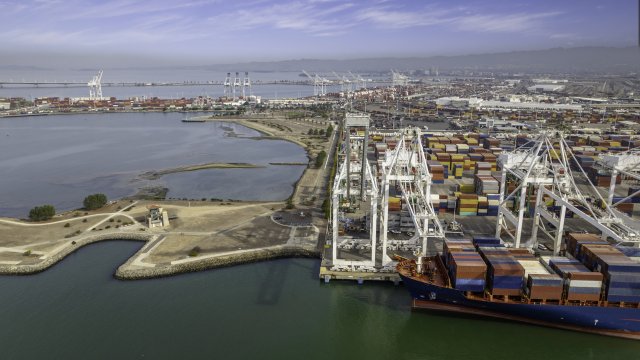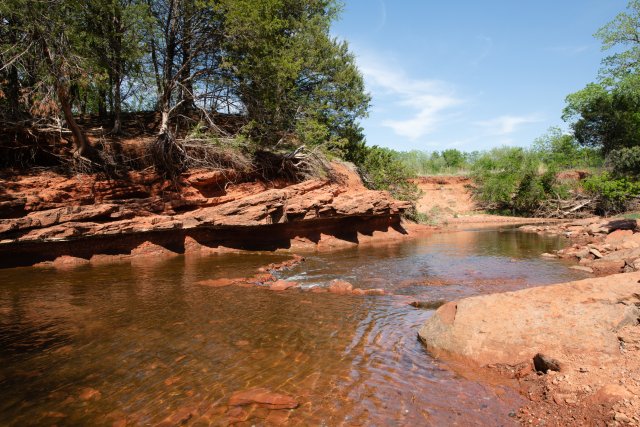Supporting Participatory Science for Environmental Protection
Published April 2, 2024
Happy Participatory Science Month! In April, EPA and other organizations around the world are celebrating the contributions of the public to scientific research.
Participatory science harnesses the collective strength of the public to ask scientific questions, collect data, and advance research that is important to their communities. Together, EPA and communities protect human health and the environment by using participatory science to inform environmental decision-making on local, regional and national scales.
EPA supports participatory science in many ways, including by designing projects that the public can participate in, providing funding for external projects, loaning equipment to community monitoring groups, and making participatory science data usable and available for the public through dashboards that display air and water quality data.
To kick off 2024 Participatory Science Month, we are spotlighting EPA’s recent efforts to support participatory science projects. One way that EPA is supporting participatory science is through grant programs. By offering grants to communities who want to get involved in science, EPA is investing in new sources of local environmental data, helping communities answer important environmental questions, and building scientific capacity in communities with environmental justice concerns. Highlighted below are just a few examples; visit our participatory science webpage to learn more.
Environmental Justice Grants

West Oakland is one of California’s most pollution-burdened communities, especially due to air pollution from the nearby Port of Oakland. In 2017, California passed a law promoting community-based emissions reduction in neighborhoods like West Oakland that are disproportionately impacted by air pollution. In response, the West Oakland Environmental Indicators Project (WOEIP), alongside a steering committee of regulators, local businesses, and community residents, developed the West Oakland Community Action Plan. The plan consists of 89 strategies to reduce air pollution that are currently being implemented by California environmental agencies and local community groups.
However, as West Oakland continues to implement the Community Action Plan, community leaders need to know whether the plan’s strategies have been effective at reducing air pollution, and where more work may be needed. In 2023, WOEIP was selected to receive an EPA Environmental Justice Cooperative Problem Solving grant of $500,000 in Inflation Reduction Act (IRA) funding to tackle this problem using participatory science. First, WOEIP will collaborate with the community to develop pollution and community equity metrics that will accurately capture progress towards the Community Action Plan’s goals. Next, they will deploy a community air monitoring network that will allow residents and regulators to access hyper-local air pollution data. These data will be directly used to support strategies to improve public health in West Oakland, both by community residents and by regulators as they work towards effective implementation of the West Oakland Community Action Plan.
University Projects
Colleges and universities often have established relationships with communities and researchers, which makes them well-positioned to coordinate participatory science efforts. EPA supports university-led participatory science programs through its Science to Achieve Results (STAR) grants. The STAR program funds many types of environmental research and has awarded over 4,100 grants nationwide since 1995. More recently, many of these projects have included community based or participatory research components; EPA is currently funding 20 extramural research grants that include participatory science.
Through STAR, EPA funds innovative collaborations between academic researchers and participatory scientists. For example, EPA awarded over $1.3 million to the City University of New York – York College, City University of New York – Medgar Evers College, and Rutgers University – Newark to study air pollution-health-climate interactions in southeast Queens, New York. Residents of southeast Queens live near two waste transfer stations, which potentially exposes them to high levels of diesel exhaust and blowoff from the waste hauling trucks at the facilities. Researchers are training community residents to identify sites of concern and use low-cost, innovative methods to measure the concentration of various air pollutants associated with the waste transfer stations. This strategy will build the community’s capacity to collect environmental data and empower them with local data to evaluate policy solutions for reducing emissions and protecting public health.
Engagement With Tribal Nations

EPA has also provided funding to Tribal governments who want to create participatory science programs. In 2023, EPA selected the Chickasaw Nation for a $999,367 Environmental Justice Government-to-Government grant to establish a participatory science stream monitoring program within the Chickasaw Nation treaty territory. With a robust monitoring program, the Chickasaw Nation will be able to establish baseline water quality levels for the streams in their territory, helping them respond when water quality deviates from these baselines. They also plan to collaborate with a local nonprofit, the Ada Jobs Foundation, to establish a web-based environmental justice water quality mapping tool and data collection system based on the participatory science data. Through this EPA grant, both the Tribal government and Chickasaw citizens will gain more data they can use as they make decisions about water quality and stream management.
These examples are just a few of the participatory science projects that EPA supports across the country. To read about more projects, check out our participatory science StoryMap. By supporting participatory science projects, EPA is working toward a future in which the public is increasingly engaged in the science that informs environmental protection decisions and is improving communities’ capacity to answer scientific questions that are important to them.
This story was written by Seamus Caslin, an ORAU contractor working with the Innovation team in EPA’s Office of Research and Development. The team oversees EPA’s participatory science program.
